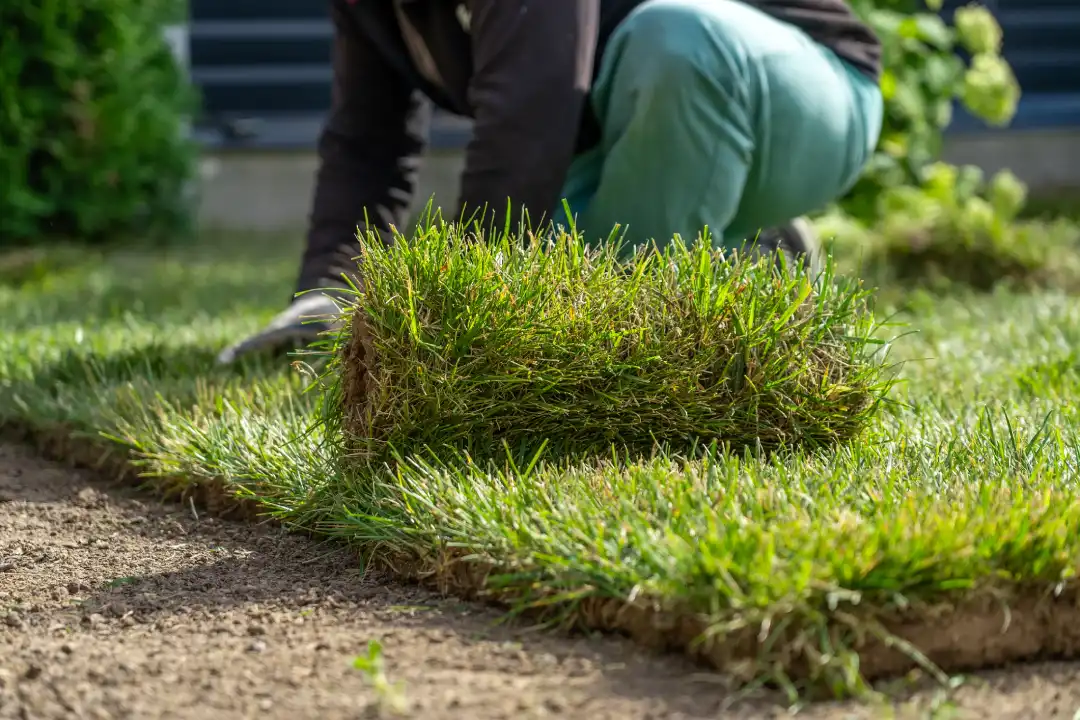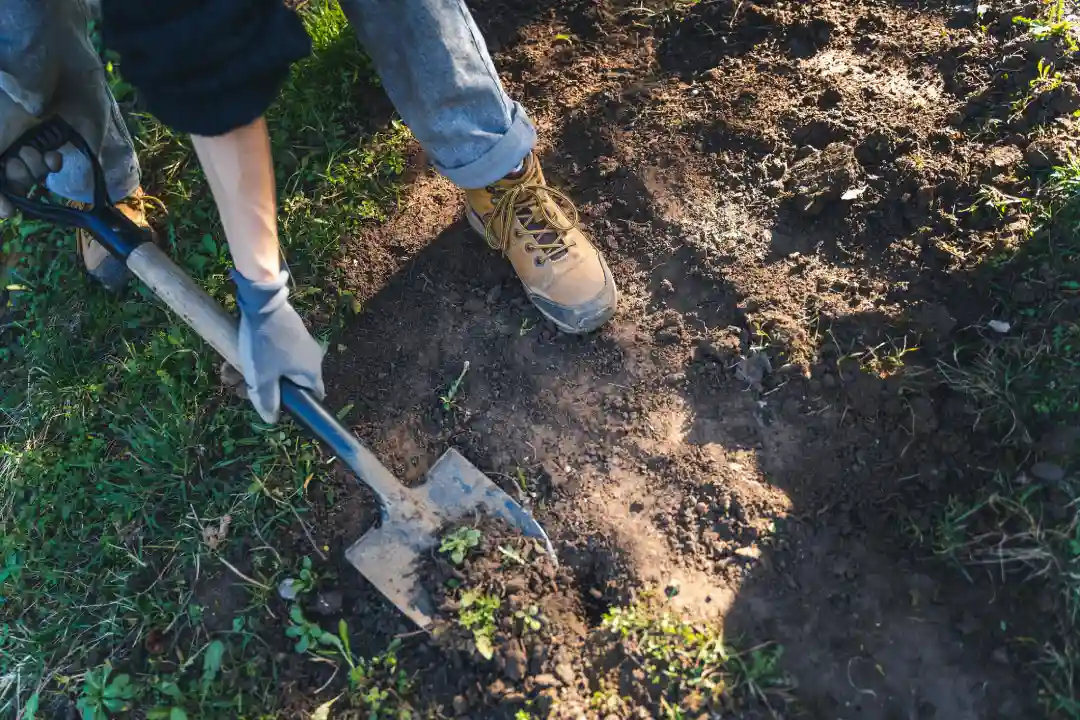Identify the Reasons for Lawn Patches and Ways to Address Them
Your lawn is often the first thing people notice about your home. However, unsightly patches can quickly ruin its beauty. These patches occur due to several factors, each requiring a specific solution. Knowing why they happen and how to fix them will help you maintain a lush, green lawn. We will explore some common causes of lawn patches and provide practical solutions to get your yard looking its best again.
Poor Soil Conditions
Poor soil conditions are a primary cause of lawn patches. When soil lacks essential nutrients or has improper pH levels, it affects grass growth. To remedy this, conduct a soil test to determine nutrient deficiencies. Based on the results, you can amend the soil with appropriate fertilizers. Consider consulting professionals for effective lawn patch repair. They offer tailored solutions to improve soil health and promote vigorous grass growth.
Over- or Under-Watering
Lawn patches often result from improper watering practices. Overwatering can suffocate roots, while under-watering leads to dried-out patches. Finding the right balance is crucial. Typically, lawns need about 1 inch of water per week, including rainfall. Use an irrigation system with timers to ensure even water distribution across the lawn. If unsure, seek expert advice for lawn patch repair to optimize watering techniques.
Pest Infestations
Pests like grubs can wreak havoc on your lawn by feeding on grass roots, leading to brown patches. Regularly inspect your yard for signs of pest activity. Using natural deterrents or targeted pesticides can help manage these infestations. Keep in mind that healthy, well-maintained lawns are less prone to pest problems. Make sure to follow instructions carefully when using any treatment products.
Compacted Soil
Soil compaction restricts air, water, and nutrient flow, causing patchy growth. Heavy foot traffic or machinery use often leads to compaction issues. Aerating the soil helps alleviate compaction by creating small holes, allowing better access to resources necessary for healthy grass growth. You can aerate manually or hire professionals with specialized equipment for optimal results.
Excessive Thatch
Thatch is a layer of decomposed organic material between grass and soil. While it provides insulation and protection, too much thatch can block sunlight and moisture absorption, resulting in patches. Regular dethatching helps maintain a healthy balance. Use a rake or a dethatcher tool to remove excess thatch and allow your grass to thrive.
Weed Competition
Weeds are notorious for competing with grass for sunlight, space, and nutrients. This competition often results in uneven growth and patchiness. Employ regular weeding strategies such as hand-pulling or applying herbicides selectively to control weed populations effectively. Ensuring your grass is robust and healthy will naturally suppress weed growth.
Diseases Affecting Grass
Lawn diseases caused by fungi or bacteria can contribute to unsightly patches. Identifying symptoms early is key to managing these diseases effectively. Treatments vary depending on the disease type but often include fungicides or improved lawn care practices. Consulting with a lawn care professional ensures accurate diagnosis and appropriate action plans.
Maintain Your Lawn With Expert Help
A healthy lawn enhances your property’s curb appeal and creates a welcoming outdoor space. By understanding common causes of lawn patches and implementing the solutions outlined above, you’re well on your way to achieving a vibrant lawn. For more guidance, contact our experts at Sherman All Seasons Care LLC. We specialize in comprehensive lawn care services tailored to your needs in Rome, NY. Call us today at (315) 859-8165 for a greener tomorrow!


